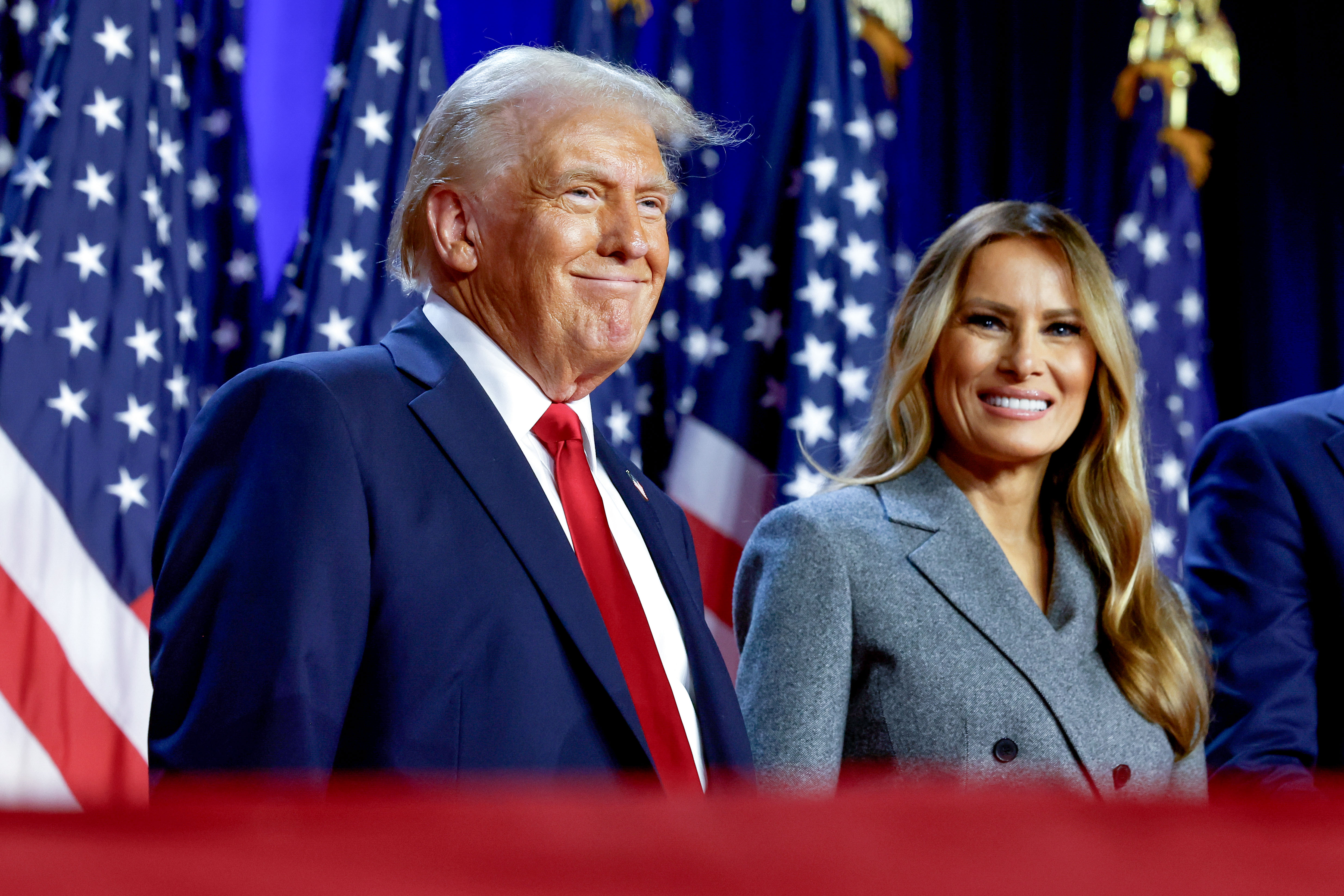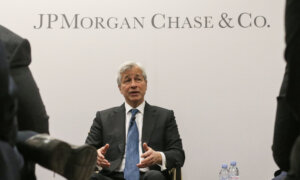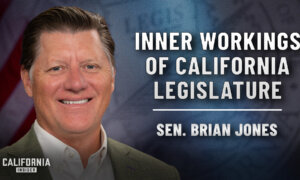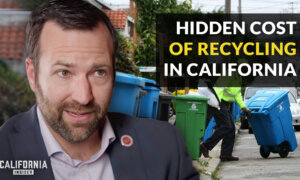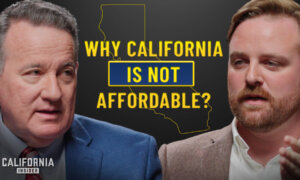Commentary
Much of the uncertainty overhanging the U.S. economy was lifted after the Nov. 5 election, as the “Blue Wall” manufacturing states of Michigan, Pennsylvania, and Wisconsin ultimately determined who won.
With the election results so clear, I am anticipating a strong year-end rally, fueled by an early “January effect” as well as optimism for the new year. With gross domestic product growth possibly accelerating to a 4 percent to 5 percent annual pace next year, the Fed could curtail more key interest rate cuts in 2025, but at least we have some interest rate cuts this year to help spark the housing sector and other interest rate-sensitive industries.
The bond vigilantes had been anticipating a Trump victory for the past several weeks, bidding up long-term yields in anticipation of higher budget deficits and more-robust economic growth under Trump. Not only were these bond vigilantes proven right, but also, 10-year Treasury bond yields shot up by 17 basis points after the presidential election and have risen by more than 80 basis points since the Fed’s Sept. 18 rate cut.
Here are the most important market news items and what this news means:
• My favorite economist, Ed Yardeni, said in his Quick Takes report that “Animal Spirits Are Back & Boosting the Roaring 2020s! Fueling A Meltup Too?” There is no doubt that an early “January effect” commenced last week, with many stocks melting up. Normally, stocks have to “back and fill” and digest their gains, but we are now in the seasonally strong time of year when stocks tend to rally leading up to Thanksgiving, which is a happy time of year. So when consumers are happy, investors tend to be happy.
• Naturally, the prospect of Trump 2.0 is getting many investors excited, especially since it looks like the Republicans will keep control of the House, so there are not expected to be endless investigations and impeachment hearings such as those that Trump had in his first term. Furthermore, Trump improved in every single county in the United States compared with the 2020 presidential election, with California seeing the biggest improvement. As a result, Trump has a mandate with majorities in Congress, so he is expected to implement pro-business reforms and initiatives to stimulate economic growth, such as his “drill baby, drill” pledge to unleash the U.S. energy sector.
• In the meantime, COP 29 is underway this week in Azerbaijan, so it will be interesting if concerns about Trump 2.0 emerge. The big problem with the COP events in recent years is that they typically declare “hydrogen” as the clean fuel of the future but then never offer a viable road map for economies to shift to hydrogen, considering that it remains cost-prohibitive—especially green hydrogen, which requires a lot of water. COP 28 was held in the United Arab Emirates (UAE), which has more than 140 desalination plants. Despite the fact that the UAE offers plenty of water to make green hydrogen, the transition has gone nowhere, probably because you have to use carbon-based fuels for desalination, so green hydrogen is not yet cost-effective.
• Because the past three COP events have been in energy regions (Scotland, the UAE, and Azerbaijan), the hope is that the energy industry can aid with the green transformation, but the hope of being carbon neutral by 2050 looks to be increasingly futile. I should add that the interim goal of COP 29 is to finalize the terms under which rich countries will make loans to poor countries to make a green transition. Interestingly, the green movement in some rich countries appears to be losing momentum. As an example, the Green party in Germany had only 10 percent of the vote in recent regional elections, and it will be interesting what percentage it gets in the upcoming elections considering that Chancellor Olaf Scholz’s coalition with the Green party has collapsed.
• The other big “green” place is California, and Gov. Gavin Newsom has called for a special session of the Legislature to “harden” many of the state’s progressive policies. I suspect that Newsom will strive to protect California’s vehicle and utility mandates from federal influence. The truth of the matter is that as long as the green transition remains expensive, it will receive pushback from voters, which may explain why Trump’s largest gain in county votes since 2020 was in California. So I, for one, will be very curious to see whether the green movements in California and Germany lose any momentum in the upcoming months.
• Trump asked U.S. Rep. Mike Waltz (R-Fla.) to be his national security adviser. Waltz has been a big critic of the seemingly endless funding for Ukraine and a big China trade critic. Another China critic, Sen. Marco Rubio (R-Fla.), is reported to be Trump’s choice for secretary of state. An epic trade showdown appears to be shaping up with China, which recently reported record exports after encouraging its manufacturers to boost production. Deflation is a looming threat in China because overproduction continues to reduce the price of goods, such as batteries and solar panels. Frankly, because of China’s overproduction, it appears that higher tariffs may not curtail Chinese exports too much because it will remain the low-cost producer of many items. As a result, the United States will continue to collect more tariff revenue from China.
Overall, market momentum remains strong. Concerns about stocks being expensive have been suspended as the combination of less regulation and a more optimistic consumer have added fuel to normally strong seasonal market trends. Fear of missing out has perhaps never been higher.
*Views expressed in this article are opinions of the author and do not necessarily reflect the views of The Epoch Times.
